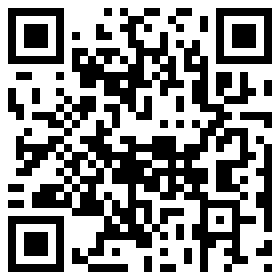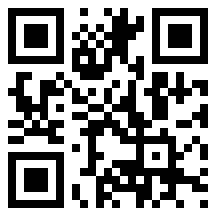That's when I first became aware of RSS. At the time live presentations were just beginning to be recorded and stored and were proliferating on the Internet and as a member of an IT committee at my workplace I had had the bold idea to utilize a lecture theater we had, which was equipped with a smart podium, and show some of these recorded lectures at brown bag lunches. It was one of my ideas before its time, few people turned up for them despite the fact that the cafeteria was only a door away and we had permission to take trays of food into the auditorium, and on the day I showed Will's presentation on RSS, only one other colleague was there. I suppose since it was just the two of us, he felt compelled to stay to the end, and so I asked as he left, what he thought of it. He muttered something to the effect that it didn't look like much use and walked off.
Now Podcasting has rendered all of that redundant. It was never necessary, apart from a desire to be entertained during lunch, to bring people into an auditorium to see and listen to presentations they could have accessed at work or at home on their own computers. But at the start of 2005 few of my face-to-face colleagues were aware of such resources. Now two years later it is much more widely understood among educators that:
1. Such resources exist in abundance on the Internet
2. Many can be found in podcast format
3. To locate podcasts you find sites that produce them and then subscribe to their RSS feeds
4. You use your aggregator (such as iTunes or Juice) to subscribe to the feeds and download the content
5. You listen to the content directly on your computer or transfer it to an mp3 player and listen to it anywhere
I have a Web page giving more information about this here: http://www.vancestevens.com/casting.htm
What is still less widely understood among educators where I am working (and I'm writing this partially in response to a question on a list I follow where someone working nearby asked "How do you use blogs?") is how these principles translate to the classroom.
In a nutshell:
1. You get your students blogging, for whatever reason
2. You locate their blogs and subscribe to their feeds
3.
- the content is viewable all in one place
- you see highlighted content you haven't viewed before, so you don't need to search the blogs
- you can click from the link in your aggregator to the original post
4. There, you can reply to the posts directly, or
5. You can feed the posts into an object that you can display on your website to allow all students to see each other's blogs
6. Blogs can carry tags. You can create tagged content anywhere on the Internet and aggregate this content via your http://del.icio.us/ account. In other words, you can associate a blog with multimedia stored elsewhere on the Internet by assigning each artifact a unique tag, such as 'name2007class' and pull it all together via your del.icio.us acct.
John Pederson has an excellent tutorial on del.icio.us directed at educators here: http://pedersondesigns.com/2006/11/24/delicious-guide-for-educators-part-1-tools-tagging/
I have been asked about this before so I have created a page that gives greater detail here: http://www.vancestevens.com/rss_edu.htm.
This page
1. explains step-by-step how to set up your bloglines
2. gives techniques you can use with your class
3. links to other sites giving more elaborate teaching techniques using RSS
4. shows where to find more information about RSS
One interesting link showing what can be done with RSS is Quentin d'Sousa's posting about Homework-casting at http://www.teachinghacks.com/2006/10/27/homework-casting/
And David Warlick has an excellent article about how all this might fit into a 'wired' teacher's day from October 15, 2006 - A Day in the Life of Web 2.0
http://www.techlearning.com/showArticle.php?articleID=193200296
I hope this helps you understand more ways that blogging can be used in your teaching.Vance


 Tag in your DEL.ICIO.US account
Tag in your DEL.ICIO.US account











No comments:
Post a Comment